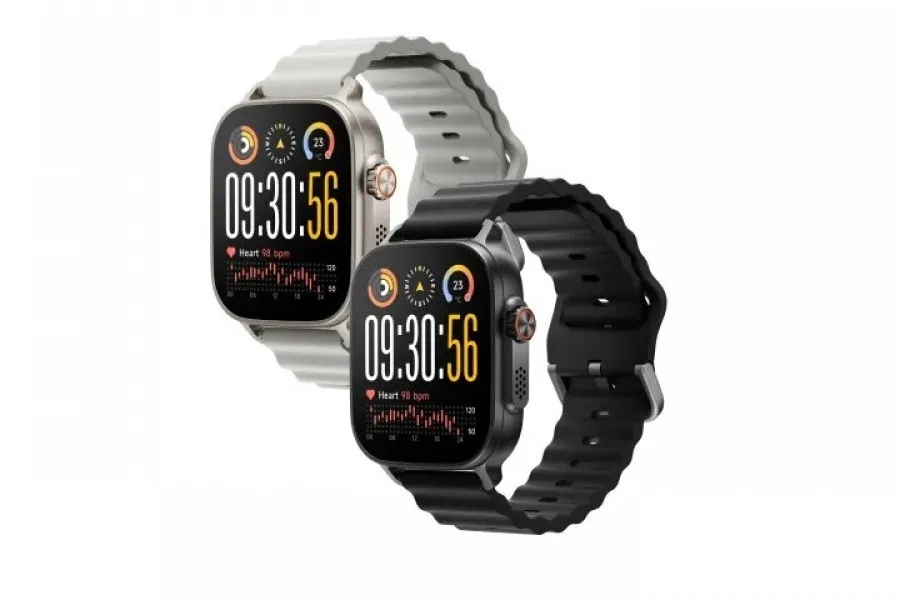Apple prepares for a satellite revolution: navigation, photo messaging, and API for third-party apps
In an increasingly saturated smartphone market, Apple is set to push boundaries by introducing next-generation satellite connectivity directly integrated into the iPhone.
According to a Bloomberg report, the Cupertino giant aims to extend satellite uses far beyond emergency calls, turning the iPhone into a universal communication tool, even without cellular service.
Currently, recent iPhones (starting from the 14) can already send emergency SOS messages via satellite, contact roadside assistance, or relay their location to rescue services. However, Apple seeks to go much further.
Satellite Features That Change Everything
Apple Maps Powered by Satellite
According to Gurman, Apple is working on a version of Apple Maps that can provide directions and navigation without Wi-Fi or 5G, directly via satellite link. This represents a significant breakthrough for travelers, hikers, or in disaster-stricken areas where terrestrial networks are often down.
Currently limited to text messages, the emergency messaging feature may soon allow the sending of images, enhancing communication effectiveness during natural disasters or medical emergencies.
“Natural” Satellite Connection
Apple aims to streamline the connection process: no more need to point the phone towards the sky. Engineers are testing smart directional antennas and software optimizations that allow connectivity from inside buildings or in partially covered areas.

Apple plans to open a satellite API for developers, allowing third-party apps—from hiking to logistics—to utilize this connectivity. This could create an entirely new ecosystem of applications capable of exchanging data without cellular networks.
Integration with Non-Terrestrial 5G Networks (NTN)
Apple is also exploring integration with NTN 5G networks, allowing future iPhones to connect directly to telecommunications satellites. This standard would provide faster speeds and near-global coverage, a first in mobile telephony.
The initial models likely to be affected could be the iPhone 18, expected in 2026.
Partnerships and Technical Innovations
Globalstar and SpaceX: An Orbital Partnership
Since 2022, Globalstar has powered the iPhone’s satellite services. However, several leaks suggest Apple has also discussed collaboration with SpaceX to leverage the Starlink constellation, ensuring global “no dead zone” coverage.
A prior $64 million contract between Apple and SpaceX aimed at launching new satellites to support service expansion in 2025.
The Role of Apple’s In-House Modem
The arrival of the Apple 5G modem, which appeared in the iPhone SE 2025, paves the way for direct satellite-to-device connections without going through a carrier. This component may also eventually equip MacBooks, Apple Watches, and Vision Pro, providing “universal” connectivity across all Apple devices.
Global implementation will depend on frequency permissions and international agreements. Some countries, particularly in Asia, already impose restrictions on satellite transmissions.
While Google (Pixel) and Samsung already offer emergency satellite SMS services, Apple maintains an edge due to the ecosystem integration between iPhone, Watch, and Mac. Bloomberg even mentions extending satellite technology to the Apple Watch, enhancing user safety during outdoor activities.
Global Impact and Long-Term Vision
Apple envisions more than just smartphones:
- MacBooks connected via satellite for education in rural areas.
- Vision Pro capable of exchanging data without local infrastructure.
- Backup networks for countries without stable cellular coverage.
These innovations could bridge the global digital divide—yet they also raise questions about privacy: constant satellite connectivity may lead to concerns over geographic tracking.
Apple is poised to transform satellites from emergency tools into everyday communication infrastructure. With substantial investments in Globalstar and discussions with SpaceX, the brand could make the iPhone the first truly global mainstream smartphone—capable of communicating, navigating, and sharing even at the ends of the Earth.
By 2026, the iPhone may well become the first phone “connected everywhere on Earth.”




